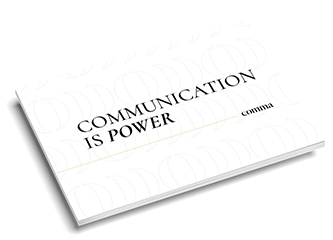The more global companies become, the more important it becomes for content to be well thought out and adapted to each cultural reality.. In other words, companies will need to localise content, and this process is not just about translation;
One of the major challenges of localising content is ensure that the translation reflects the cultural context of the target language ensuring that the translation reflects the cultural context of the target language.. It is sometimes difficult to find a translator who not only knows the cultural nuances well, but is also fluent enough in the language to translate them into the text; At other times, the difficulty may lie in ensuring that the translation is appropriate to the cultural context in which it is to be used, avoiding expressions that are common in one culture but do not fit well in another; For example, I always remember when the Toyota MR2 was launched in France; Its French pronunciation resembles a swear word (although I leave it to French speakers to find out which one for themselves!); Naturally, they had to adapt the name and finally decided to leave it as MR, instead of MR2.
Content localisation must also ensure that the translation works in the target market, which is not without its difficulties; Often, it involves a change of focus in the text, rather than a mere literal translation; The translated text may need to be adapted to suit the target audience’s way of speaking, cultural preferences or local usage of the product; The format and presentation may also need to be adapted in such a way that the message reaches readers easily;
This is where transcreation comes in, but what exactly is it? but what exactly is it? Content transcreation is the process of adapting content from one language to another.. It can be considered a more extreme form of content localisation, as it goes a step beyond mere translation of words; Transcreators also need to take into account the cultural context in which the content will be used, and need to ensure that the output is appropriate for the intended audience;
While localisation is often used to adapt content to a specific geographic market, transcreation can be applied to any type of translation, be it commercial materials, websites or even software; The price is higher and more time-consuming than traditional translation, but the end product can be much more accurate and fit better with the target culture;
If you are just starting to get to know the particularities of this world, here you have my3 tips on content localisation:
- Choose the right partner: content agencies with years of experience in your industry are best suited to translate and adapt your content to different markets; They will understand the importance of cultural sensitivity and will have a team of experienced translators and content writers who can guarantee an accurate and quality output; You can also adopt a centralised model by hiring a team of in-house translators; However, 1) it would take too long to set up, and 2) it does not give you the flexibility to test as you grow;
- Develop a localisation style guide. At first, the process is tedious; after all, language is not innocent: the content is politically charged and there will be many different ways of saying something very similar; My recommendation (and I have learned this the hard way) is that you create a localisation style guide that allows the agency and the company to work in unison and calibrate how they want to approach situations or refer to specific organisations; Ensure that this document is always updated as the process becomes more complex;
- Ensure that the localization guide remains true to the brand, i.e., that it is developed from the general copywriting style guide. When I talk to friends and colleagues living abroad, many tell me that speaking in a different language affects their personality; Some become more introverted, others more serious, others more humorous… It is exactly the same with companies. Don’t be afraid to do things your way: make sure that the drafting recommendations prevail and bear in mind that not every last word needs to be translated; Sometimes, locally, it makes more sense to leave in English the name of a product that will be used in all markets;
Localisation of content and collaboration with agencies is not usually cheap, but a bad translation can have a much higher price in the long run. This process is important to ensure that your brand message fully reaches customers around the world; Therefore, I encourage you to invest time and resources in finding the right translation service provider; With that, you are already part of the way to international expansion;
Good luck!






